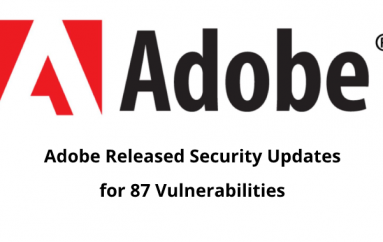
Microsoft to begin SHA-1 crypto shutoff with Windows 10’s summer upgrade
Microsoft last week outlined the timetable it will use to drop browser support for sites that secure traffic with SHA-1 certificates, part of an Internet-wide plan to rid the Internet of the weaker encryption.
With the delivery of the Windows 10 Anniversary Update — slated to ship sometime this summer — both Internet Explorer (IE) and Edge will stop displaying a lock icon for sites that reply on a SHA-1 certificate. That icon signals that the bits back and forth between browser and website are encrypted, and so not vulnerable to spying.
But Microsoft and other browser makers — including Google and Mozilla — have declared that SHA-1 certificates are unsafe because their encryption was insufficiently strong. Originally, the browser builders had agreed to stop trusting SHA-1-signed certificates on Jan. 1, 2017, but new research last year prompted them to consider a July 1, 2016 deadline.
Security researchers have demonstrated that cybercriminals can craft fake SHA-1-based certificates, which they could then use to dupe users into believing that a counterfeit website was the real deal.
Microsoft’s IE and Edge won’t actually block sites signed with a SHA-1 certificate until Feb. 14, 2017, that month’s Patch Tuesday. Between this summer’s removal of the lock icon and next year, users will be able to browse to such websites even though they will be marked as insecure.
The first-stage changes to Edge and IE11 in Windows 10 will appear with the Anniversary Update for that OS, and simultaneously in separate updates to IE11 for Windows 7 and Windows 8.1. Microsoft said nothing about whether it would also update IE9, the sole company browser supported on Windows Vista. The omission may be due to Vista’s impending April 2017 retirement.
Google and Mozilla have also pledged to drop support for SHA-1 by Jan. 1, 2017, but both have said that they may accelerate that to July 1, 2016.
Microsoft will update its Windows 10 Insider preview “soon,” the company said in a Friday blog post, with the change to the lock icon.
The Redmond, Wash., company has published technical information here about its plans to end support for SHA-1-signed certificates.
Source | ComputerWorld





